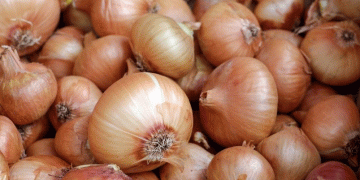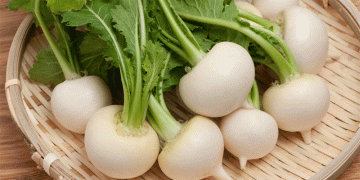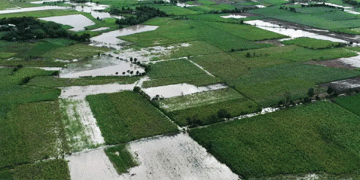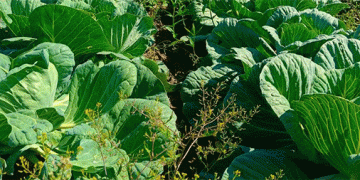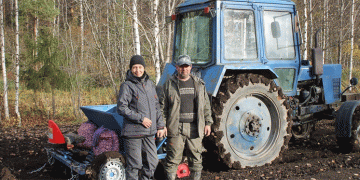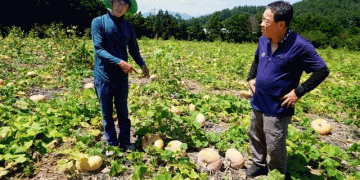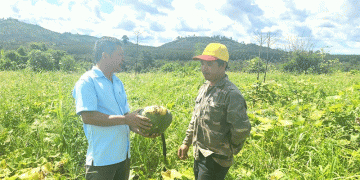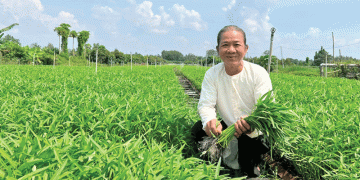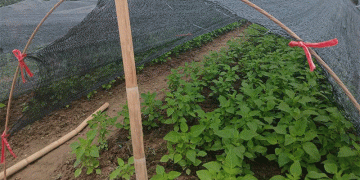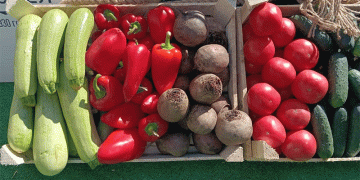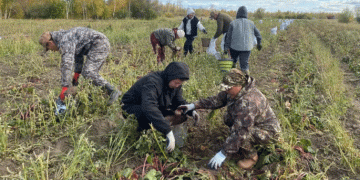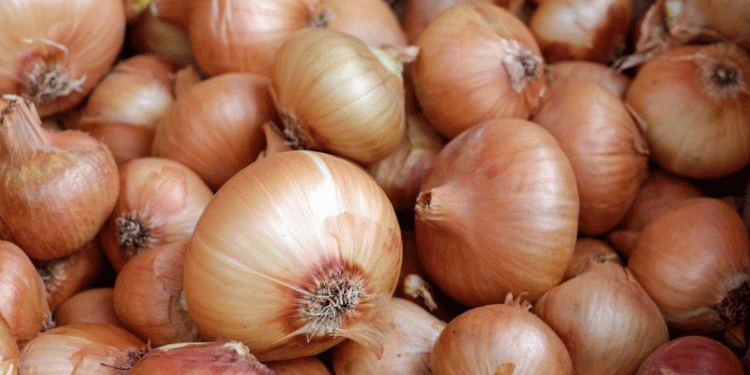For producers seeking to optimize yield timing and extend their marketable season, the practice of fall-planting winter onions presents a compelling opportunity. As highlighted by horticultural experts, this method can result in a harvest that is several weeks earlier than spring-planted crops, without sacrificing the storage longevity that is critical for profitability. The success of this system, however, is entirely dependent on two factors: the selection of genetically suitable varieties and meticulous timing to prevent premature growth before winter dormancy. This is not a practice for standard spring onion cultivars; it requires specifically bred varieties with proven winter hardiness and low bolting tolerance.
A review of top-performing varieties reveals a toolkit for different conditions and markets. The mid-late maturing ‘Radar’ is an absolute favorite for its high yield, semi-sharp taste, and reliable winter survival. The British-bred ‘Shakespeare’ is prized for its powerful root system and durability, while ‘Troy’ and ‘Hercules’ are noted for their strong resistance to bolting, ensuring energy is directed to bulb development rather than premature seed stalk formation. For early maturity and disease resistance, ‘Senshyu’ is a standout. According to recent trialing data from international horticultural stations, these specific winter-hardy hybrids have demonstrated survival rates in excess of 90% under proper snow cover or mulch, making them a calculable risk for growers. The agronomic protocol is precise: planting must be delayed until soil temperatures have cooled stably, typically in late October or November, to avoid triggering top growth that would be killed by frost. Furthermore, variety selection should be tailored to soil type—vigorous growers like ‘Shakespeare’ and ‘Radar’ are recommended for lighter, sandy soils, while flatter-bulbing types may perform better in heavier soils.
The integration of winter onion production represents a strategic diversification for commercial vegetable operations. By leveraging the specific genetics of cold-tolerant, bolt-resistant varieties and adhering to strict planting windows, growers can achieve a significant competitive advantage through an earlier harvest. This approach not only spreads labor demands but also allows access to high-value early-season markets. For agronomists and farm owners, the message is clear: winter onions are a low-risk, high-reward crop when managed with precision, offering a tangible method to increase overall farm productivity and profitability.
